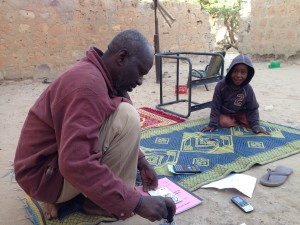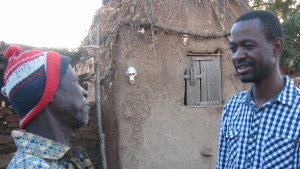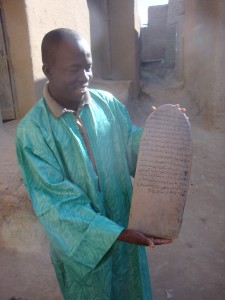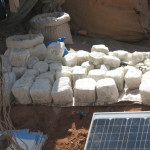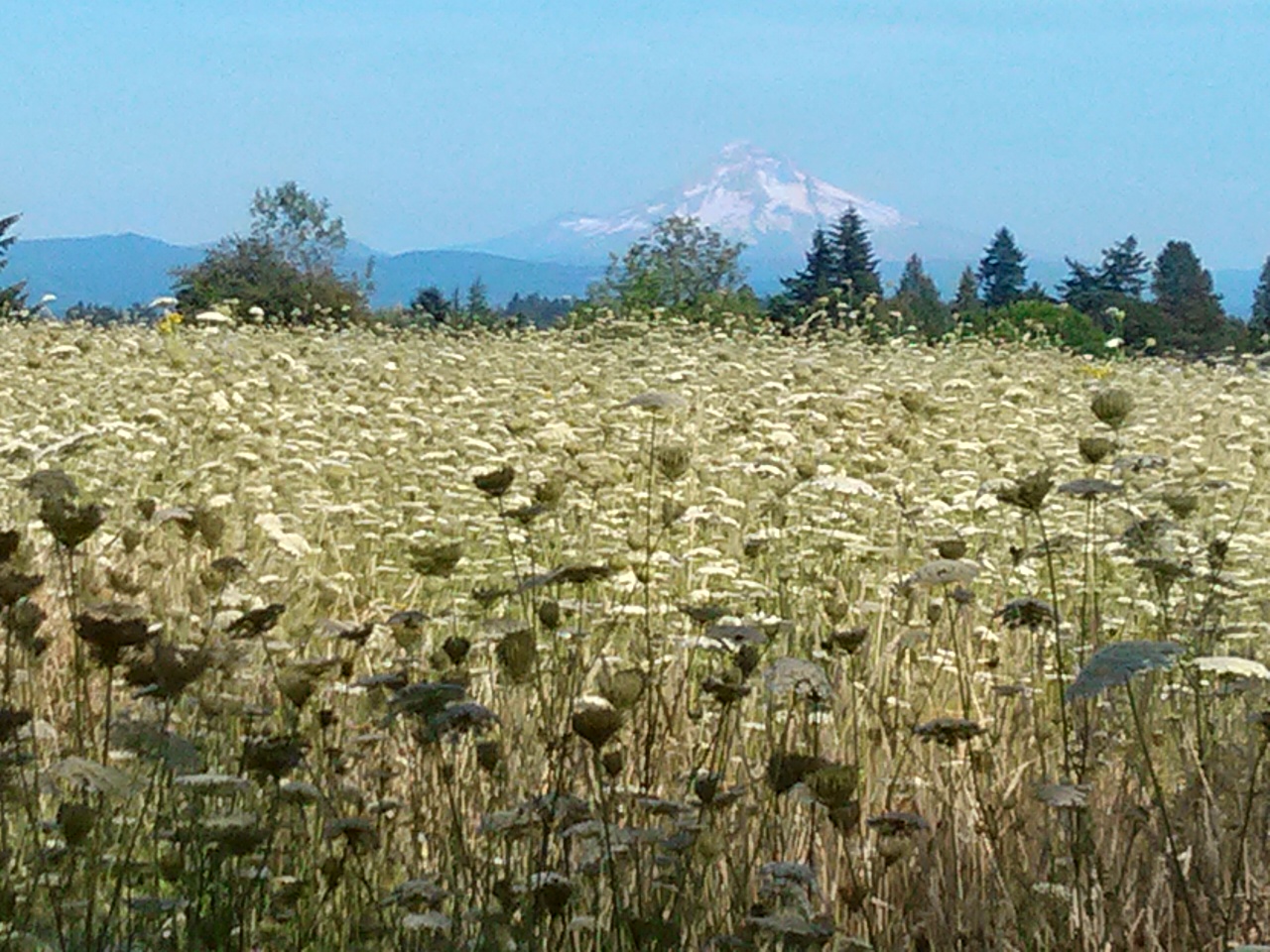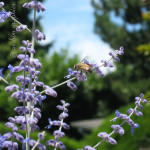And of course there’s much to do for fun and much to do for tradition. I’ll be posting slides of my travels to Northern Europe in September. And perhaps I can round up my pictures from two trips to Hawaii — one last year and one in about 2014? Plus the new dog, outings with Will, and the ever present involvement with Eastrose UU. You can see their website at eastrose.org and enjoy the fruits of my labors there. Yes, Amateur with a capital A, I know.
Category Archives: Photos
Chalk. Just chalk.
We have so much: public schools financed by tax money, roads with bike lanes, clean air, extremely clean and tasty water out of the tap and electricity at the flip of a switch.Sewer systems and flushing toilets.Hot water from the tap and hot showers. Neighbors we can trust. Relatively smooth highways without bandits or land mines.How about air conditioning? So try to understand a city school that uses unexpected money to buy chalk. Just chalk.
The original plan was to send some money to Timbuktu to help the school buy books — whatever books the professors thought would best serve what they need to teach. Buy the books locally, keep them in the library for long-term benefit.
In no way could I imagine a school so poor that the most urgent need was for chalk.
UPDATE June 23: I’m still processing the chalk instead of books feelings. Part of our sales pitch was that the books would be in the library for long term use, and chalk is a consumable supply item. I struggle with how my own ego was tied to the long term use of our gifts, yet I remain committed to local control and freely given gifts.
As I understand it, Mali has public schools but they are locally financed — in good times a system that pretty much works. Parents have to pay for their children to attend public school with a monthly or weekly tuition. So far so good. Until there are no jobs, no government support, and no tourist spending.
Timbuktu continues to struggle from the unrest in northern Mali. It means that people flee the town for safety. One estimate is that an additional 50,000 people fled the economic and political threats in northern Mali — just in May, 2015.The tourist trade, a decades-long pipeline of money into the region, has tanked.
Another report explains that the local village markets only have the village’s own goods for sale. It is too dangerous for merchants to travel to the next larger town for supplies that only come from the city. Then local farmers and artisans are too frightened to bring even their local goods to the market.
Talk about a cultural and economic death spiral.
So as I go about my blessed life I try not to forget the difficulty and suffering of others who, through no fault of their own, find themselves caught in a web of terrorism and fear. Thankfully, even in the face of those threats, good people continue to educate children and find creative ways to buy chalk for the local school.
Related Images:
Mali and Facebook? Who knew?
More about our tour with Mali Mystere:
The postcards from Timbuktu arrived this week. I wrote one to a friend in January and shed a tear then, as I shed a tear now, for her support to encourage me to follow my dreams. Little did I know that the trip of a lifetime would stick with me in so many tenacious ways.
So, Aly Dicko of Timbuktu is on Facebook and we were actually chatting in real time a few days ago. Do you know how weird that is? With the 8 hour difference to Mali, and the long waits between emails all summer, it was a bit disconcerting! But then, he was in Europe, too. I suspect the internet connections might be a wee bit speedier in Europe than in his hometown?
Then, Mamadou Diawara from Djenne is still in touch too. I’ve been sending him pictures as I find them. Here he is showing us a tablet from the Quran school in Djenne.
When I went to Germany with Sally and Carrie — we shared the memories among ourselves and our friends for many years. But we didn’t leave friends behind in Germany or worry about particular Germans we had met. This is entirely different. We met Aly and Mamadou in their homes and home towns, and saw the difficulties their country has survived and continues to have. We heard their stories, teased and got teased back, played with new languages and (sometimes just as entertaining) experienced new cultural norms. Since our friends were hesitant about our trip, it was easy to notice the tourist infrastructure in Mali that was more than a bit short of tourists. We who have social media at our fingertips can at least do reviews, post pictures and connect in social media ways that might help Aly and Mamadou be more successful.
And the music. There was laughter about listening to “the soundtrack to Timbuktu” for the whole trip. I finally heard Tracy Chapman’s lyrics and Bob Marley is Universal, isn’t he? Aly had quite a collection of music on that USB flash drive. We asked him for the list of artists, but of course I didn’t get the actual albums or songs, so I’m on this quest for Malian music that is utterly absorbing. The Limelighters had a song about a woman completely besotted with Russian fashion and music. In part: “A-Yee A-Yee, she wears a Cossack blouse, she dances wildly all around the house, tomorrow morning they will find me dead, she even wears her Cossack boots in bed!” If I could only adjust that Russian reference so the song would be about Mali! Kathie heard me sing the Limelighters version while we were still traveling, probably in the middle of the trip, when I was most thrilled to be in Africa, especially Mali.
Portland had the movie “Timbuktu” showing in the Portland International Film Festival and Kathie and I saw it last weekend. We remarked how glad we were that we had actually been to the desert before we saw the movie. (It was showing in Brussels over Christmas, we almost saw it there.) The movie is astounding and I hope it wins the Oscar for Best Foreign Film next weekend. The tents, the cattle and the river, and the central themes of love and the desire for peace — a beautifully crafted story filmed in Mauritania because Timbuktu was pretty shaky at the time. If you have a chance to see it, you should. The dust, the acacia trees, the desert . . . they are almost characters in the film too.
At the same time Portland is hosting the 25th Annual Cascade Festival of African Films running through the beginning of March. I’ll be trying to connect with some of those free showings, too. Maybe I can get a good recipe for Ginger Juice while I’m there!
Related Images:
Seeing the world through new eyes . . .
I know the world has changed but I can’t put my finger on exactly what has changed for me. Traveling does that, I guess. Mali is one of the poorest countries in the world. Per capita annual income is like $620 per year. I think I heard that 25% of the government’s budget comes from foreign aid. They are just coming out of a state of seige from the incursion of sharia law extremists in the north. I was fascinated by Timbuktu since my buddy Thom had photos and stories about hitchhiking from Timbuktu to Alexandria in the 70s after his peace corps assignment in Cameroon.
But it was so much FUN to be there. Aly Dicko, our guide, was knowledgeable and provided a recurring sense of humor even when things were a bit harsh for this city girl. (There was the evening he asked questions and wanted me to answer in French . . . much hilarity, that.) As the journey unfolded I realized just how risky such a trip is. Right down to the tap water in the capitol city Bamako. Everywhere we went, we were welcomed. There is so much empty tourist infrastructure it felt almost strange just to be a tourist at all.
Maybe in another year I’ll put my finger on what made this such a powerful experience. In the meantime, I’ll keep adding little bits to the web page to share the experience.
Related Images:
Must have been a rainy spring!
Or somebody forgot to mow this field earlier. At any rate, this is the field where I get Queen Anne’s Lace to make jelly. The jelly is the most delicate pink, and smells a bit like grapefruit. It is quite simple to make, and definitely exotic to eat. The first time I made the jelly, I was really hunting for flowers. They were few and far between, and I had a couple of places, including this field, that I scrounged for flowers. It takes about 250 flower heads to make a batch of 5 half pints of jelly. Driving by this field this summer drove me nuts. Not making a batch when the field is so beautiful seems like a failure to me. The field is a solid mat of flowers, and I hardly had to move to get what I needed. The photo is an added bonus, taken with the phone no less.
UPDATE: Aug. 22, 2014
Drove past this field last week and it had been completely mowed. Not a flower in sight. I’m so glad I got there first!!
Related Images:
Really??? My Camera . . .
Saturday night in Rockwood
Uploaded a bunch of photos, some from 2012 and some from 2004 — I’ve got this odd archival collection happening on a portable flash drive. Hard to tell if it will ever be fully 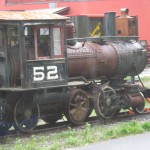 organized. This is a locomotive in Skagway — seen through the windows of the excursion train. Interesting how the “red” building turned pink, partly because the photo was shot through the glass of a moving train, and partly because Skagway has a rustic, northern quality.
organized. This is a locomotive in Skagway — seen through the windows of the excursion train. Interesting how the “red” building turned pink, partly because the photo was shot through the glass of a moving train, and partly because Skagway has a rustic, northern quality.





